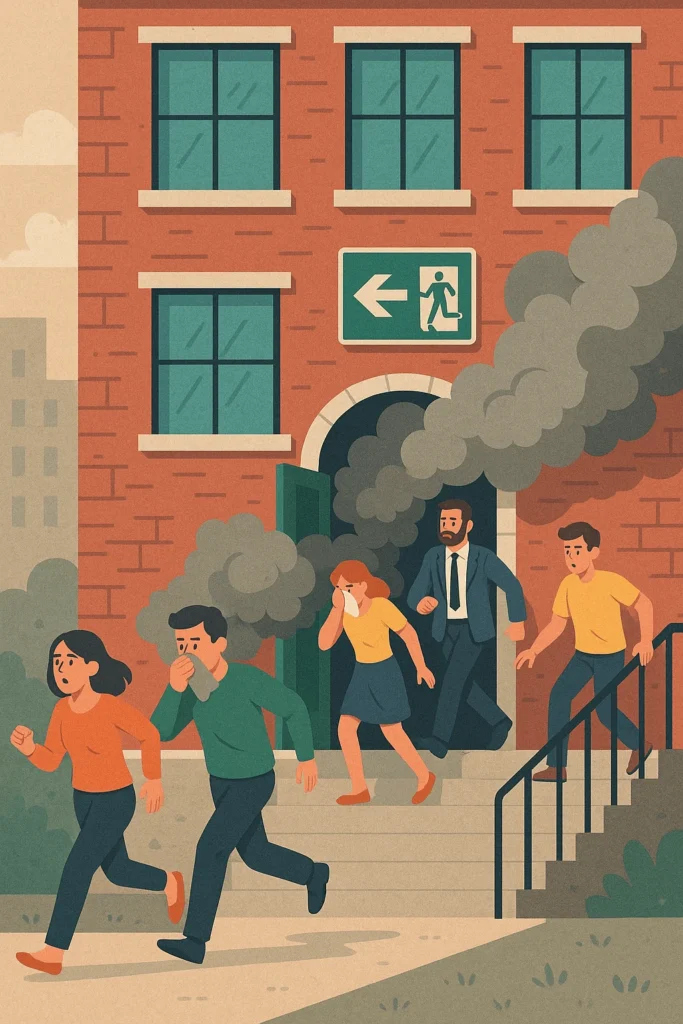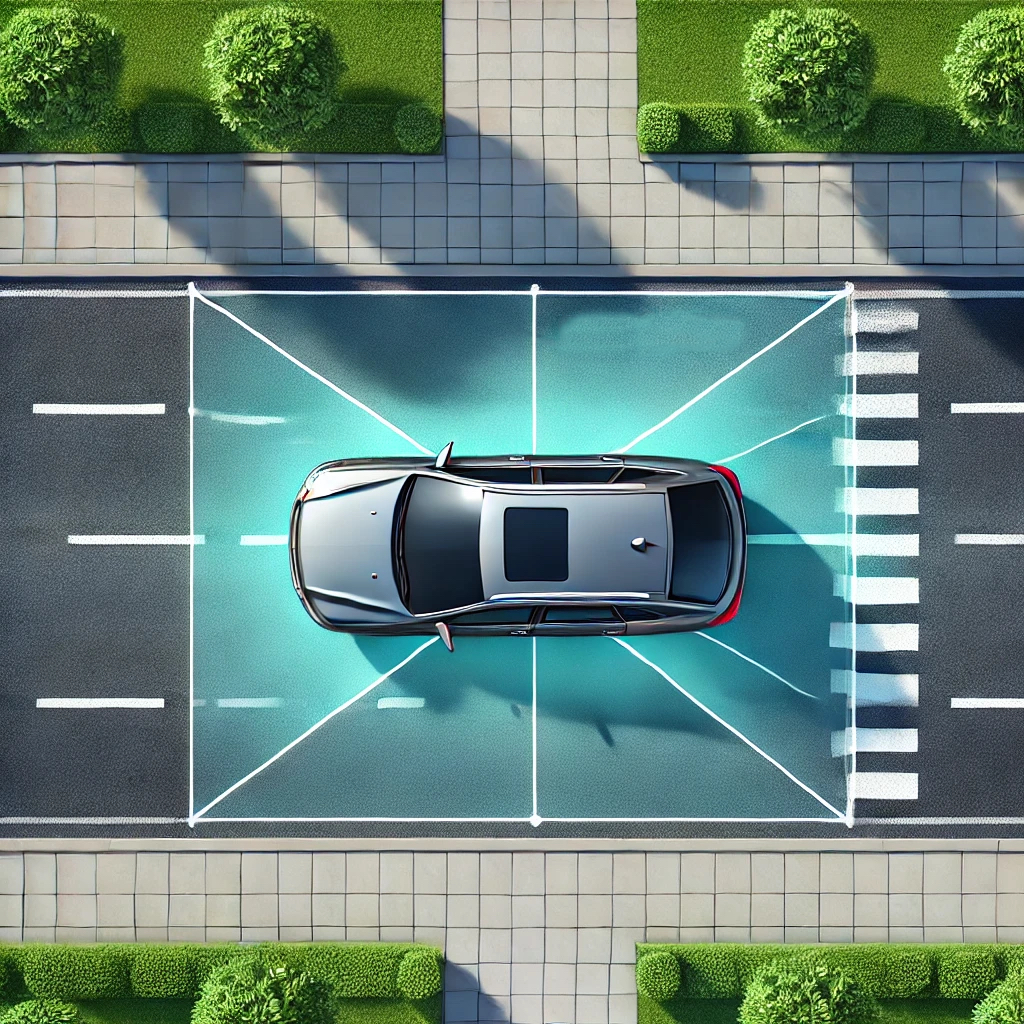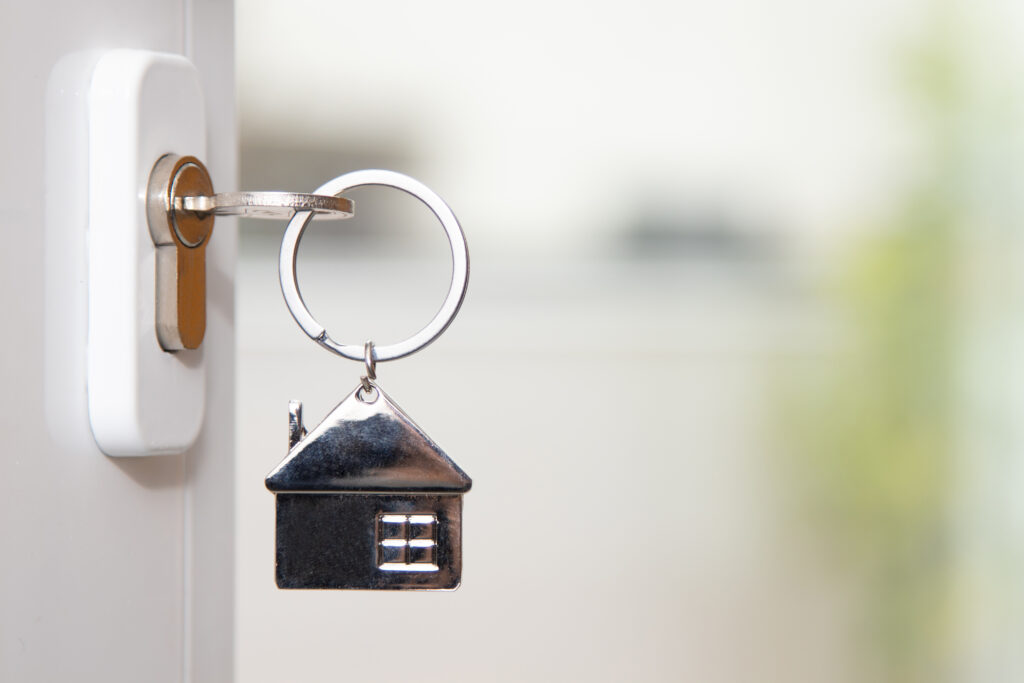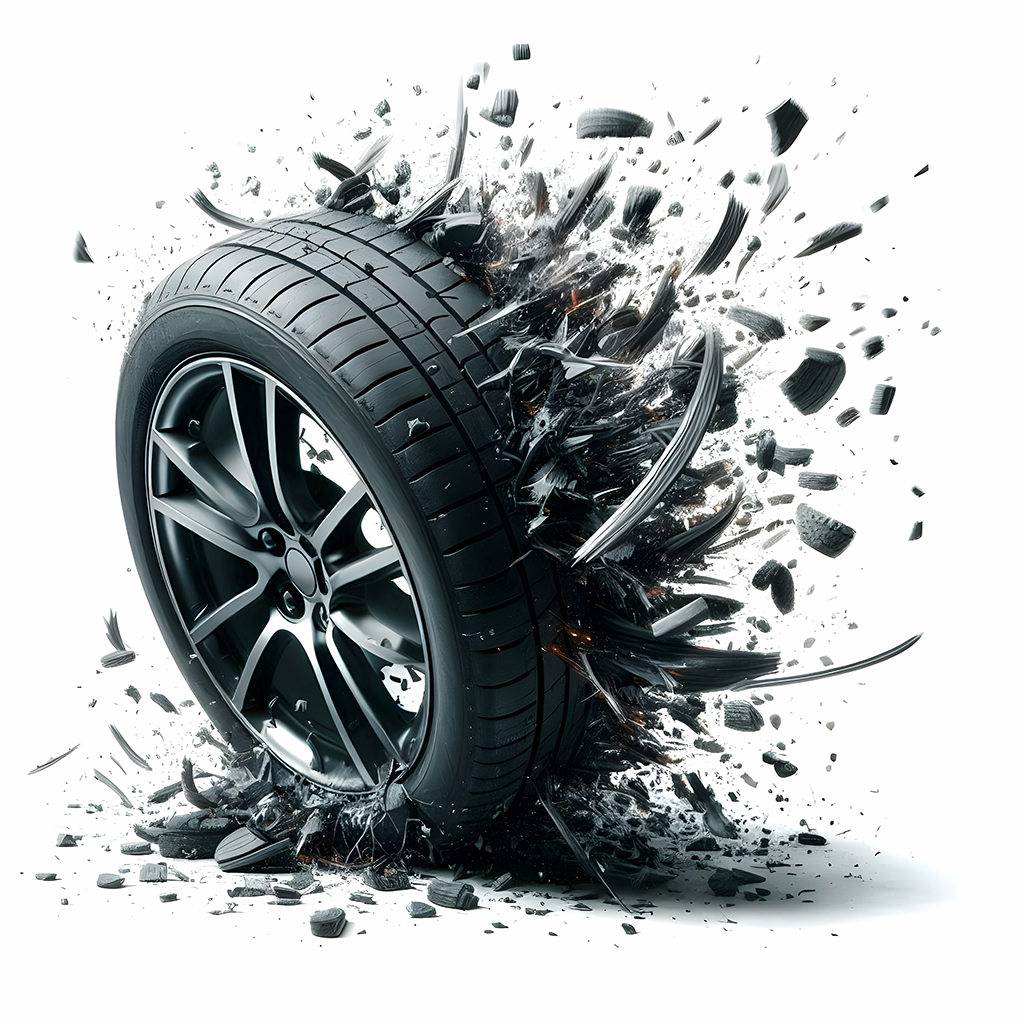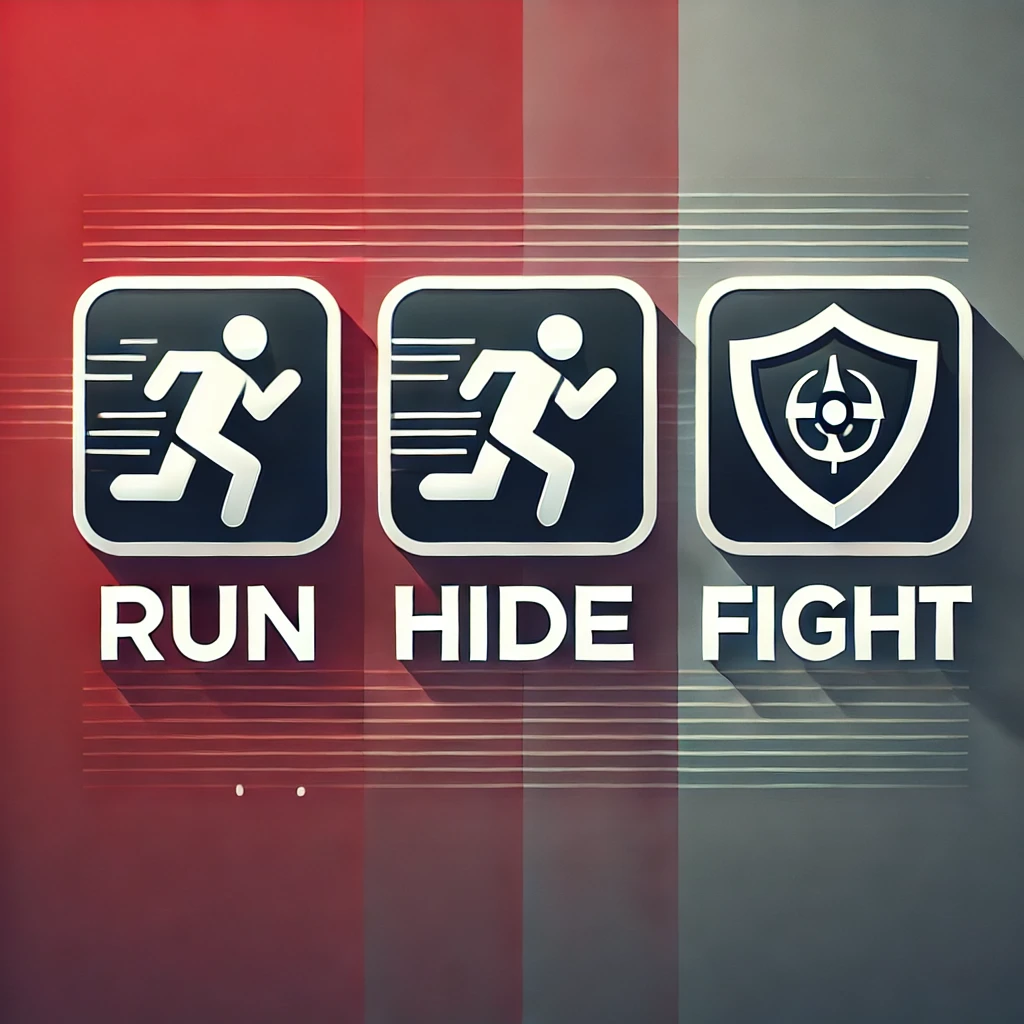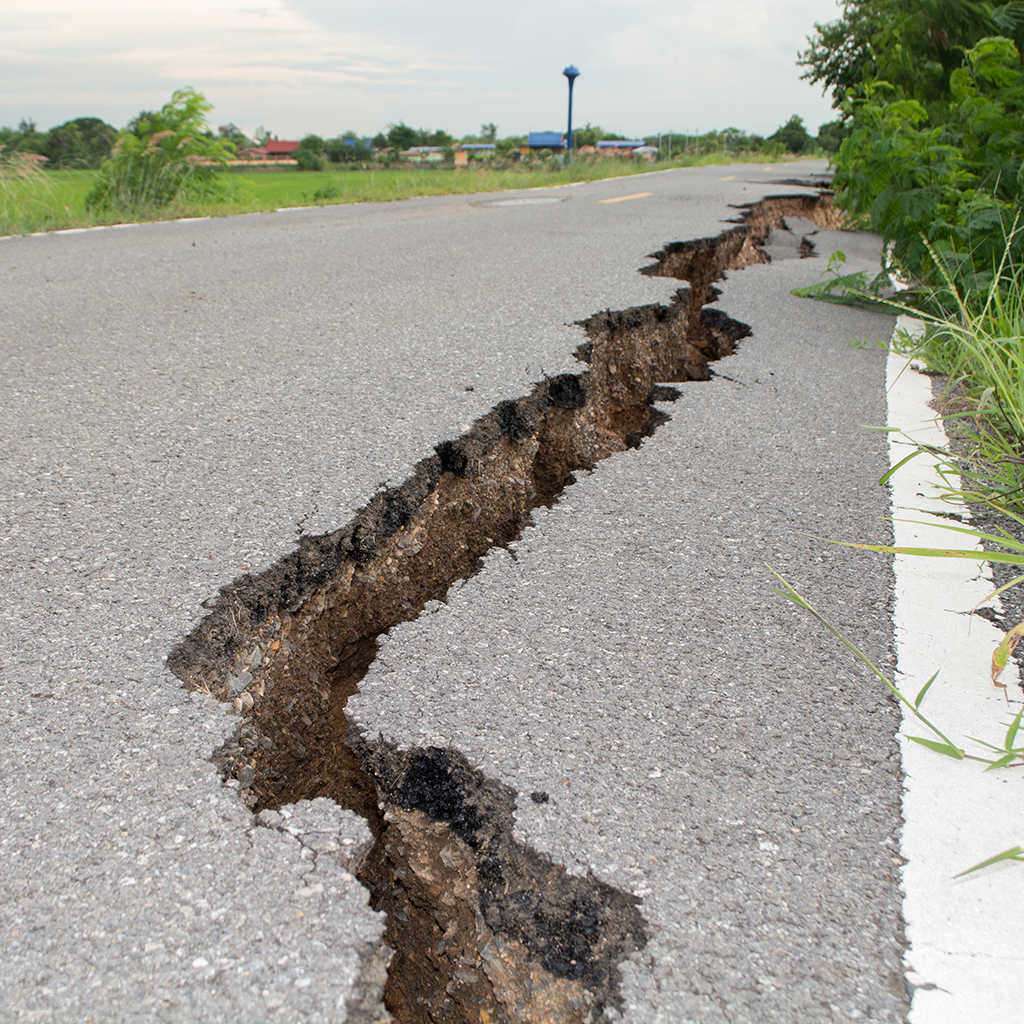Earthquakes strike with little to no warning, shaking the ground and rattling nerves. If you live in the United States, you may already be aware that certain regions are more earthquake-prone than others. States like California, Alaska, Nevada, Hawaii, Oregon, and Washington are at the highest risk, with California experiencing frequent activity due to its proximity to the San Andreas Fault.
No matter where you are, knowing how to act in the critical moments during an earthquake can save your life. This article outlines immediate actions you should take to stay safe when the ground begins to shake.
1. Drop, Cover, and Hold On
The fundamental rule during an earthquake is to “Drop, Cover, and Hold On.”
- Drop to your hands and knees to prevent being knocked over by strong shaking.
- Cover your head and neck with your arms or, if possible, crawl under a sturdy piece of furniture like a table or desk.
- Hold On to the furniture to ensure it stays in place until the shaking stops.
If you’re not near a sturdy piece of furniture, use your arms to protect your head and neck and crouch in a corner away from windows and heavy objects.
2. Stay Indoors if You Are Inside
Leaving a building during an earthquake is dangerous due to falling debris, glass, and structural collapse. Instead, stay inside and follow these safety tips:
- Avoid windows, mirrors, and anything that could shatter or fall.
- Do not use elevators, as power outages or structural damage may trap you.
- Stay in place until the shaking stops and assess your surroundings before moving.
3. Move to an Open Space if You Are Outside
If you’re outdoors when an earthquake occurs:
- Move away from buildings, streetlights, utility wires, and trees that may collapse.
- Find an open area and drop to the ground to avoid being knocked over.
- Protect your head and neck by crouching and covering your head with your arms.
4. Stop Your Vehicle if You Are Driving
Earthquakes can make driving hazardous. If you’re in a car:
- Pull over to a safe spot away from overpasses, bridges, and power lines.
- Stay inside the vehicle until the shaking stops.
- Once the shaking stops, drive cautiously and watch for hazards like damaged roads, downed power lines, or debris.
5. Be Aware of Secondary Hazards
Earthquakes can trigger additional dangers, including:
- Fires from damaged gas lines or electrical systems.
- Tsunamis if you are in a coastal area; move to higher ground immediately after the shaking stops if a tsunami warning is issued.
- Landslides in hilly or mountainous regions.
States with the Most Earthquake Activity
While earthquakes can happen anywhere, the following states have the highest seismic activity:
- California – Home to the San Andreas Fault, California experiences thousands of earthquakes yearly, though most are minor.
- Alaska – This state experiences the most earthquakes overall, including some of the strongest ever recorded in North America.
- Nevada – Located near major fault lines, Nevada frequently experiences seismic activity.
- Hawaii – Volcanic activity contributes to regular earthquakes in Hawaii.
- Oregon and Washington – These states are part of the Cascadia Subduction Zone, posing a risk of major earthquakes and tsunamis.
Resources for Earthquake Preparedness
Preparation is key to minimizing risk during an earthquake. Here are some reputable resources:
- Ready.gov: Offers comprehensive guidelines on earthquake preparedness and response.
- US Geological Survey (USGS): Provides real-time earthquake monitoring and safety tips.
- American Red Cross: Shares resources for building emergency kits and creating family communication plans.
Closing Thoughts
Earthquakes are unpredictable, but knowing what to do in the moment can make all the difference. Whether you’re in an earthquake-prone state or visiting one, always stay alert and follow these immediate actions to protect yourself and those around you. Stay safe, stay prepared, and remember: it’s not just about surviving the quake but also minimizing risks during the aftermath.
Helpful Links:
- Ready.gov Earthquake Safety: https://www.ready.gov/earthquakes
- USGS Earthquake Hazards Program: https://earthquake.usgs.gov
- American Red Cross Earthquake Preparedness: https://www.redcross.org/get-help/how-to-prepare-for-emergencies/types-of-emergencies/earthquake.html


